Six monuments to visit at the old city of Dubrovnik
The Old City of Dubrovnik is brimming with ancient monuments. If you’re not so much a history-lover and just want to visit the main sights, here are six monuments to visit at the old city of Dubrovnik. For a more details on other monuments in the area, Dubrovnik City is a great travel resource.
* * *
1. Onofrio’s Fountains
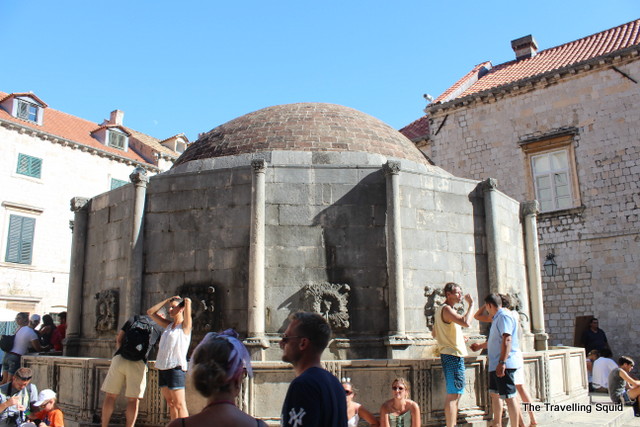
As you enter the Old Town from Pile gate, the Great Onofrio’s Fountain comes into view. It has a huge central dome and sixteen water taps around it. Named after the famous local constructor (Onofrio della Cava), the Great Onofrio’s Fountain was an integral part of the 11,7 km long Dubrovnik water supply system from the 15th century, which supplied the stone city with water from the village of Šumet located in the Dubrovnik area (behind Srđ hill).
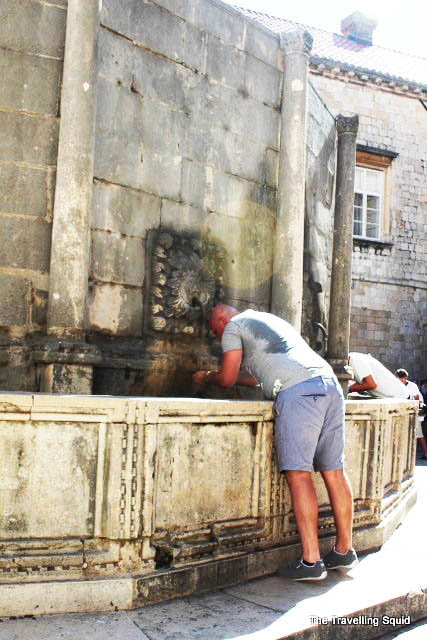
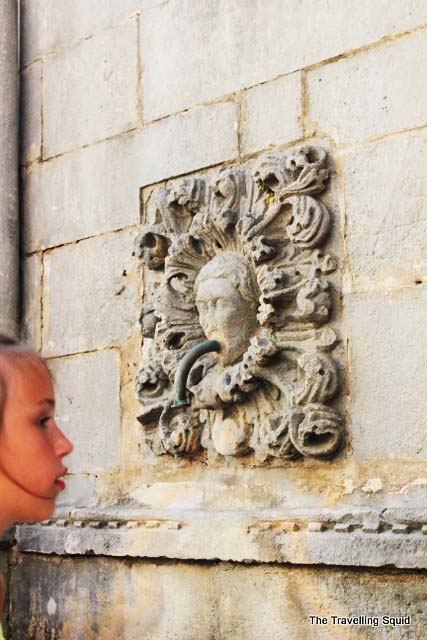
There is a smaller version of the same fountain near the Bell Tower.
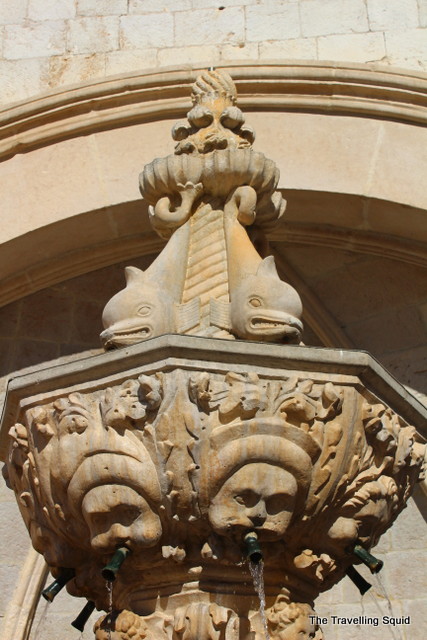
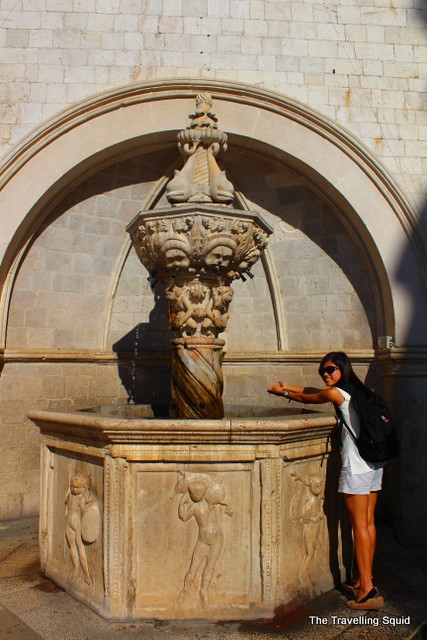
Info source: Vidiworld Dubrovnik
2. Sponza’s Palace
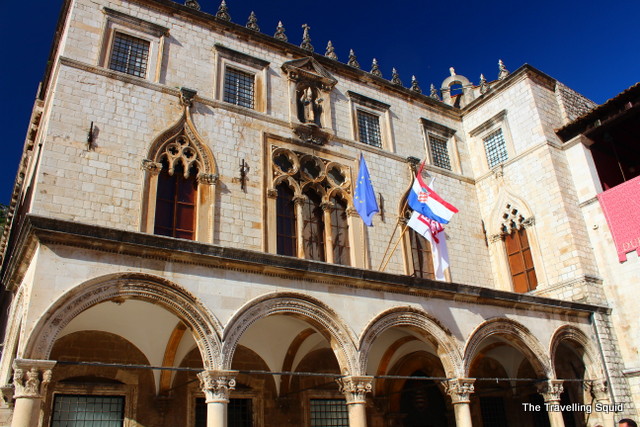
According to travel site VidiWorld, the name “Sponza” is derived from the word “spongia” – a place where rainwater is collected. Built in 1522, Sponza Palace has preserved its unique Gothic-Renaissance look and is often referred to as the most beautiful piece of architecture in the Old City of Dubrovnik.
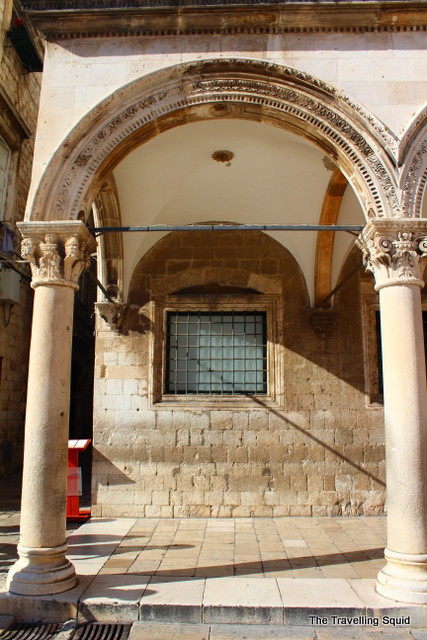
In the times of the Republic of Dubrovnik, Sponza’s Palace was used as the main customs office, but it also housed a warehouse, a mint, a bank, treasury and the armory. “Our weights do not permit cheating or being cheated. When I measure the commodities the Lord measures with me” is inscribed in Latin in one arch of Sponza’s courtyard.
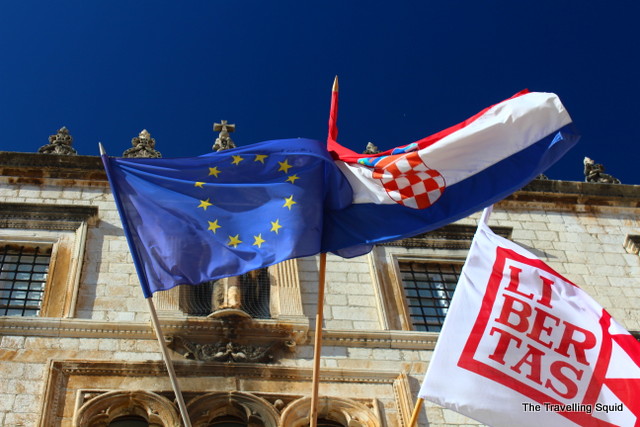
Today, Sponza’s Palace is home to one of the most important cultural institutions of Dubrovnik – the world-famous Archives, considered to be one of the richest city archives in Europe. Its vaults hold precious documents of Dubrovnik’s thousend-year long history including valuable proof of the Republic’s diplomatic and commercial relationships.
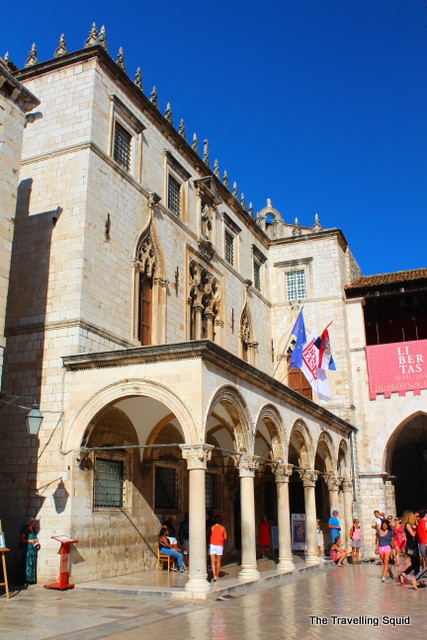
Info source: Vidiworld Dubrovnik
3. The Bell Tower/ Orlando’s Column
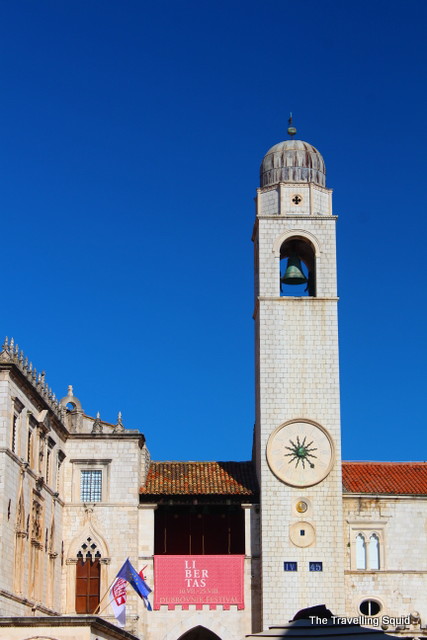
Located on the far eastern side of Stradun is a 31-meter high city bell tower with a clock built in mid-15th century. In the beginning of the 16th century the bell tower got its famous guardians, two soldiers made of bronze – Baro and Maro. Because of their color local folk soon nicknamed them “the Dubrovnik green men”. The creator of Baro and Maro was Ivan Rabljanin, the most famous local caster of cannons and bells.
That being said, it’s difficult to see them from street level – you’ve got to climb up the forts to get a glimpse of them. The ‘Dubrovnik green men’ strike the 2-tonne bell on the hour, repeating the strike after 3 minutes, and a single bell is heard every half hour.

On the right of the photo above lies Orlando’s Column. It was used as a symbol of a city under protection of the Hungarian-Croatian King. At the time it was common for the distant cities of the Hanseatic League to erect similar stone statues symbolizing the alliance and protection it received from the Hungarian-Croatian kingdom.
Info source: Vidiworld Dubrovnik/ Dubrovnik City
4. Old Town Harbour

The Old Town Harbour is well-known as a part of the 15th century fortification and once acted as a hub for Dubrovnik’s trading fleet from all over the world. Today, the harbour is mostly used mostly by local fishermen and as a dock for charming replicas of the argosies (old merchant ships from Venice) and galleons (sailing ships from Spain). For any visitor arriving in Dubrovnik from the sea, the Old Town Harbour sets the first impression – a pretty good one in my opinion.
Info source: Vidiworld Dubrovnik
5. Rector’s Palace
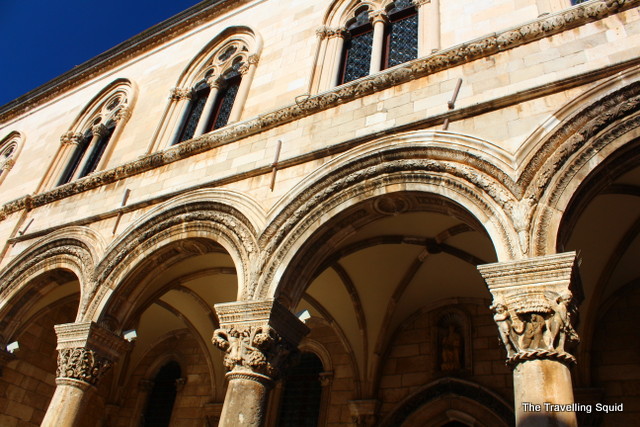
The Rector’s Palace is a palace in the city of Dubrovnik that used to serve as the seat of the Rector of the Republic of Ragusa between the 14th century and 1808. It was built in the Gothic style, but it also has Renaissance and Baroque elements. A museum has operated in the palace since 1872.
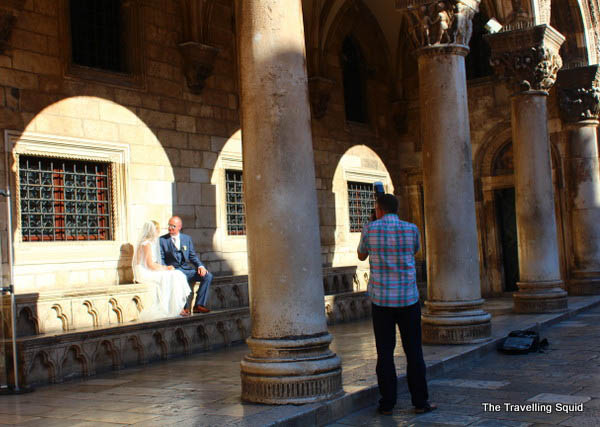
Rector’s Palace is also a great setting for weddings. When we were there, we spotted a couple taking wedding shots. The afternoon sunlight, along with the long arched hallways made for great composition.
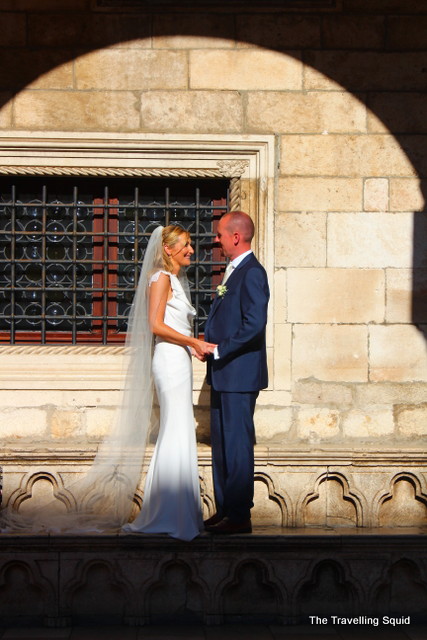
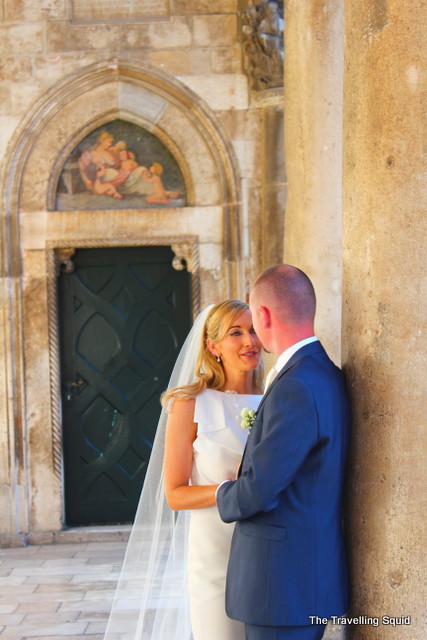
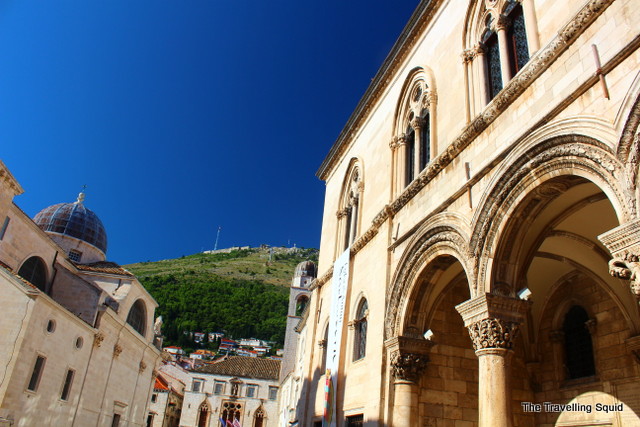
Info source: Wikipedia
6. City Walls of Dubrovnik
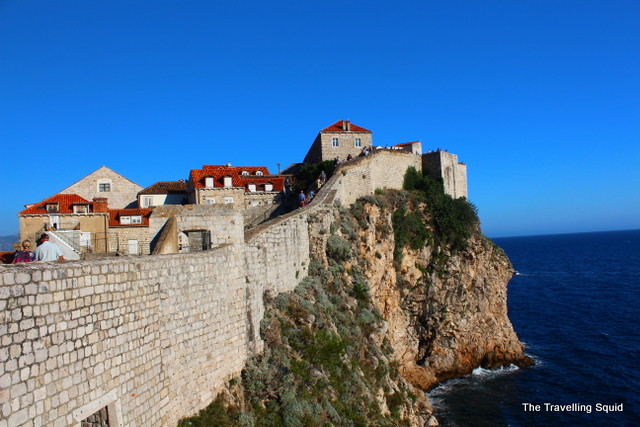
According to Vidiworld, the city walls of Dubrovnik are one of the best preserved fortification complexes in Europe. The walls are on average 24m high and up to 6m thick and in some places up to 25 meters high.
The walls were really important in Dubrovnik’s history, especially in times of maritime state of Ragusa (Dubrovnik). For example, Fort Lovrijenac situated on a 37 metre high rock in the west of the city – has been a really important place for the city and its defence. Because of the big role in preserving Dubrovnik’s freedom, there is the famous inscription at the entrance of the fort: “Non bene pro toto liberats venditur auro” (Freedom is not sold for all the gold in the world).
There are three entrances from which you can easily get to the walls. One is next to St. Saviour’s Church just at the Pile Gate, one is next to St. Luke’s Church, the third one is next to the Maritime Museum at St John fort. The entrance near Pile Gate is the main entrance – you get tickets at HKR80 (SGD16/ USD12.20).
Info source: Vidiworld Dubrovnik
* * *
Apart from the monuments and sights to check out at ground level, the city walls pack a punch. You get a bird’s-eye view of the Adriatic Sea, and the simple peasant-like houses. It makes for a great experience. I will be sharing more on the city walls in the next post. Stay tuned!
Credits: A number of these write-ups on the historical significance of these monuments were taken from several sources, of which I have credited in this post. A big thanks.

Leave a Reply